Pradip Patade has found evidence of star fish, coral and sea urchins, which were believed to have disappeared from the coastline due to pollution
The next time when you take a walk along the beaches or the rocky shores of South Mumbai remember that not all is lost yet and these areas are still home to some of the rich and diverse marine life, battling to survive despite being under threat from high levels of pollution as per findings of a two-year-old documentation work.
Pradip Patade (47), a resident of Girgaum and a water sports enthusiast, has been on a mission to systematically document the aquatic life on the beaches of South Mumbai from a layman's perspective and soon plans to not only publish a detailed dossier for the common man but also initiate a long term conservation programme for conservation of these aquatic life forms.
In fact, Patade with the support of Dr Rishikesh Dalvi, a marine biologist and assistant professor, department of zoology, Maharshi Dayanand College, Parel and Avinash Kubal, deputy director Maharashtra Nature Park, Patade recently presented his documentation of some of species of aquatic life during the National Conference on 'Wetlands- Present status, ecology and conservation' held at Maharshi Dayanand College.
"It was in 2013 during Ganesh visarjan when around 60 devotees suffered injuries due to stingray at Chowpatty and the whole incident snowballed into a major issue so much so that even the chief minister got involved and called for a detailed report that I was shocked. I started to ponder on why people were behaving so strangely as after all it was a beach and there was bound to be aquatic life. It struck me that people should be told what forms of marine life exists on the beaches and I simply decided to start documenting it," said Patade, who is also a partner in Rae Sports Academy that teaches non-mechanised water sports such as kayaking and windsurfing.
Patade decided that he would concentrate on areas from Cuffe Parade to Girgaum Chowpatty including Walkeshwar, and Priyadarshini Park. "I divided the area into three types based on habitats so the rocky shore was areas of Cuffe Parade to Nariman Point while sandy beach was Girgaon Chowpatty and the last was rocky pool areas. Among these locations and right from the start I decided that I do not want to do a scientific study but simply document things I spot like a common man and since I have been active in Kayaking in the waters around South Mumbai, I am familiar with several aquatic life forms, which made my work easier," he said.
Soon, Patade started making visits to various earmarked zones by walking on the beaches or kayaking close to the rocky shores and was able to document close to 200 aquatic species extremely close to the beaches and rocky shores of south Mumbai and during these trips he managed to photograph and videograph several varieties of invertebrates such as Sponges, Coelenterates including corals, sea fans, sea anemones and jellyfishes, Molluscs including bivalves, Conches including cowries and Cone shells, Octopus and cuttlefish. Apart from this, arthropods including crabs, lobsters, shrimps, barnacles and echinoderms including sea urchins, sea cucumber, feather star, brittle star, and starfish and vertebrates that included seahorses, pipe fish, sharks, rays, groupers, puffer fishes, sergeant fish, and butterfly fishes.
"One of my biggest joy was video recording a family of humped back dolphin in the waters between Governors bungalows and Navy Nagar and along with it managing to find several small and big aquatic species which I never could imagine seeing at the Mumbai coast. I found in shallow waters. It required lots of patience and timing my visits as per the tide, season and clarity of sea water," added Patade, adding that while most of the documentation is done he now wants to begin the work of active conservation starting from getting BMC and other authorities to enforce strict rules to stop the pollution of the sea as well as dumping of garbage in the sea.
Adding that the entire work of documentation was to encourage people to save these beautiful aquatic life forms that still exist in highly polluted and highly urbanised areas and not far off from the coast, Patade says, "Providing a lay person with basic knowledge of diverse marine life may spark off interest among the general public, which may help in conservation efforts. I am not a scientist or a marine researcher but I hope some one with a scientific temperament takes up a detailed scientific study of the marine flora and fauna of Mumbai."
Commenting on the study Dr Rishikesh Dalvi, a marine biologist said, "This documentation will surely help scientists, researchers in many ways. In fact, some of the species documented like star fish, sea urchins and corals were believed to have disappeared from Mumbai's shores that is highly polluted. But, now that we have photograph documentations this should encourage marine conservation."
![submenu-img]() Meet India's highest paid director, charges 30 times more than his stars; not Hirani, Rohit Shetty, Atlee, Karan Johar
Meet India's highest paid director, charges 30 times more than his stars; not Hirani, Rohit Shetty, Atlee, Karan Johar![submenu-img]() Indian government issues warning for Google users, sensitive information can be leaked if…
Indian government issues warning for Google users, sensitive information can be leaked if…![submenu-img]() Prajwal Revanna Sex Scandal Case: Several women left home amid fear after clips surfaced, claims report
Prajwal Revanna Sex Scandal Case: Several women left home amid fear after clips surfaced, claims report![submenu-img]() Meet man who studied at IIT, IIM, started his own company, now serving 20-year jail term for…
Meet man who studied at IIT, IIM, started his own company, now serving 20-year jail term for…![submenu-img]() Gautam Adani’s project likely to get Rs 170000000000 push from SBI, making India’s largest…
Gautam Adani’s project likely to get Rs 170000000000 push from SBI, making India’s largest…![submenu-img]() DNA Verified: Is CAA an anti-Muslim law? Centre terms news report as 'misleading'
DNA Verified: Is CAA an anti-Muslim law? Centre terms news report as 'misleading'![submenu-img]() DNA Verified: Lok Sabha Elections 2024 to be held on April 19? Know truth behind viral message
DNA Verified: Lok Sabha Elections 2024 to be held on April 19? Know truth behind viral message![submenu-img]() DNA Verified: Modi govt giving students free laptops under 'One Student One Laptop' scheme? Know truth here
DNA Verified: Modi govt giving students free laptops under 'One Student One Laptop' scheme? Know truth here![submenu-img]() DNA Verified: Shah Rukh Khan denies reports of his role in release of India's naval officers from Qatar
DNA Verified: Shah Rukh Khan denies reports of his role in release of India's naval officers from Qatar![submenu-img]() DNA Verified: Is govt providing Rs 1.6 lakh benefit to girls under PM Ladli Laxmi Yojana? Know truth
DNA Verified: Is govt providing Rs 1.6 lakh benefit to girls under PM Ladli Laxmi Yojana? Know truth![submenu-img]() Jr NTR-Lakshmi Pranathi's 13th wedding anniversary: Here's how strangers became soulmates
Jr NTR-Lakshmi Pranathi's 13th wedding anniversary: Here's how strangers became soulmates![submenu-img]() Streaming This Week: Heeramandi, Shaitaan, Manjummel Boys, latest OTT releases to binge-watch
Streaming This Week: Heeramandi, Shaitaan, Manjummel Boys, latest OTT releases to binge-watch![submenu-img]() Remember Ayesha Kapur? Michelle from Black, here's how actress, nutrition coach, entrepreneur looks after 19 years
Remember Ayesha Kapur? Michelle from Black, here's how actress, nutrition coach, entrepreneur looks after 19 years![submenu-img]() Remember Heyy Babyy's cute 'Angel' Juanna Sanghvi? 20 year-old looks unrecognisable now, fans say 'her comeback will...'
Remember Heyy Babyy's cute 'Angel' Juanna Sanghvi? 20 year-old looks unrecognisable now, fans say 'her comeback will...'![submenu-img]() In pics: Arti Singh stuns in red lehenga as she ties the knot with beau Dipak Chauhan in dreamy wedding
In pics: Arti Singh stuns in red lehenga as she ties the knot with beau Dipak Chauhan in dreamy wedding![submenu-img]() DNA Explainer: Why Harvey Weinstein's rape conviction was overturned, will beleaguered Hollywood mogul get out of jail?
DNA Explainer: Why Harvey Weinstein's rape conviction was overturned, will beleaguered Hollywood mogul get out of jail?![submenu-img]() What is inheritance tax?
What is inheritance tax?![submenu-img]() DNA Explainer: What is cloud seeding which is blamed for wreaking havoc in Dubai?
DNA Explainer: What is cloud seeding which is blamed for wreaking havoc in Dubai?![submenu-img]() DNA Explainer: What is Israel's Arrow-3 defence system used to intercept Iran's missile attack?
DNA Explainer: What is Israel's Arrow-3 defence system used to intercept Iran's missile attack?![submenu-img]() DNA Explainer: How Iranian projectiles failed to breach iron-clad Israeli air defence
DNA Explainer: How Iranian projectiles failed to breach iron-clad Israeli air defence![submenu-img]() Meet India's highest paid director, charges 30 times more than his stars; not Hirani, Rohit Shetty, Atlee, Karan Johar
Meet India's highest paid director, charges 30 times more than his stars; not Hirani, Rohit Shetty, Atlee, Karan Johar![submenu-img]() This superstar worked as clerk, was banned from wearing black, received death threats; later became India's most...
This superstar worked as clerk, was banned from wearing black, received death threats; later became India's most...![submenu-img]() Karan Johar slams comic for mocking him, bashes reality show for 'disrespecting' him: 'When your own industry...'
Karan Johar slams comic for mocking him, bashes reality show for 'disrespecting' him: 'When your own industry...'![submenu-img]() Kapoor family's forgotten hero, highest paid actor, gave more hits than Raj Kapoor, Ranbir, never called star because...
Kapoor family's forgotten hero, highest paid actor, gave more hits than Raj Kapoor, Ranbir, never called star because...![submenu-img]() Meet actress who lost stardom after getting pregnant at 15, husband cheated on her, she sold candles for living, now...
Meet actress who lost stardom after getting pregnant at 15, husband cheated on her, she sold candles for living, now...![submenu-img]() IPL 2024: Kolkata Knight Riders take top spot after 98 runs win over Lucknow Super Giants
IPL 2024: Kolkata Knight Riders take top spot after 98 runs win over Lucknow Super Giants![submenu-img]() ICC Women’s T20 World Cup 2024 schedule announced; India to face Pakistan on....
ICC Women’s T20 World Cup 2024 schedule announced; India to face Pakistan on....![submenu-img]() IPL 2024: Bowlers dominate as CSK beat PBKS by 28 runs
IPL 2024: Bowlers dominate as CSK beat PBKS by 28 runs![submenu-img]() IPL 2024: Big blow to CSK as star pacer returns home due to...
IPL 2024: Big blow to CSK as star pacer returns home due to...![submenu-img]() SRH vs MI IPL 2024: Predicted playing XI, live streaming details, weather and pitch report
SRH vs MI IPL 2024: Predicted playing XI, live streaming details, weather and pitch report![submenu-img]() Job applicant offers to pay Rs 40000 to Bengaluru startup founder, here's what happened next
Job applicant offers to pay Rs 40000 to Bengaluru startup founder, here's what happened next![submenu-img]() Viral video: Family fearlessly conducts puja with live black cobra, internet reacts
Viral video: Family fearlessly conducts puja with live black cobra, internet reacts![submenu-img]() Woman demands Rs 50 lakh after receiving chicken instead of paneer
Woman demands Rs 50 lakh after receiving chicken instead of paneer![submenu-img]() Who is Manahel al-Otaibi, Saudi women's rights activist jailed for 11 years over clothing choices?
Who is Manahel al-Otaibi, Saudi women's rights activist jailed for 11 years over clothing choices?![submenu-img]() In candid rapid fire, Rahul Gandhi reveals why white T-shirts are his signature attire, watch
In candid rapid fire, Rahul Gandhi reveals why white T-shirts are his signature attire, watch


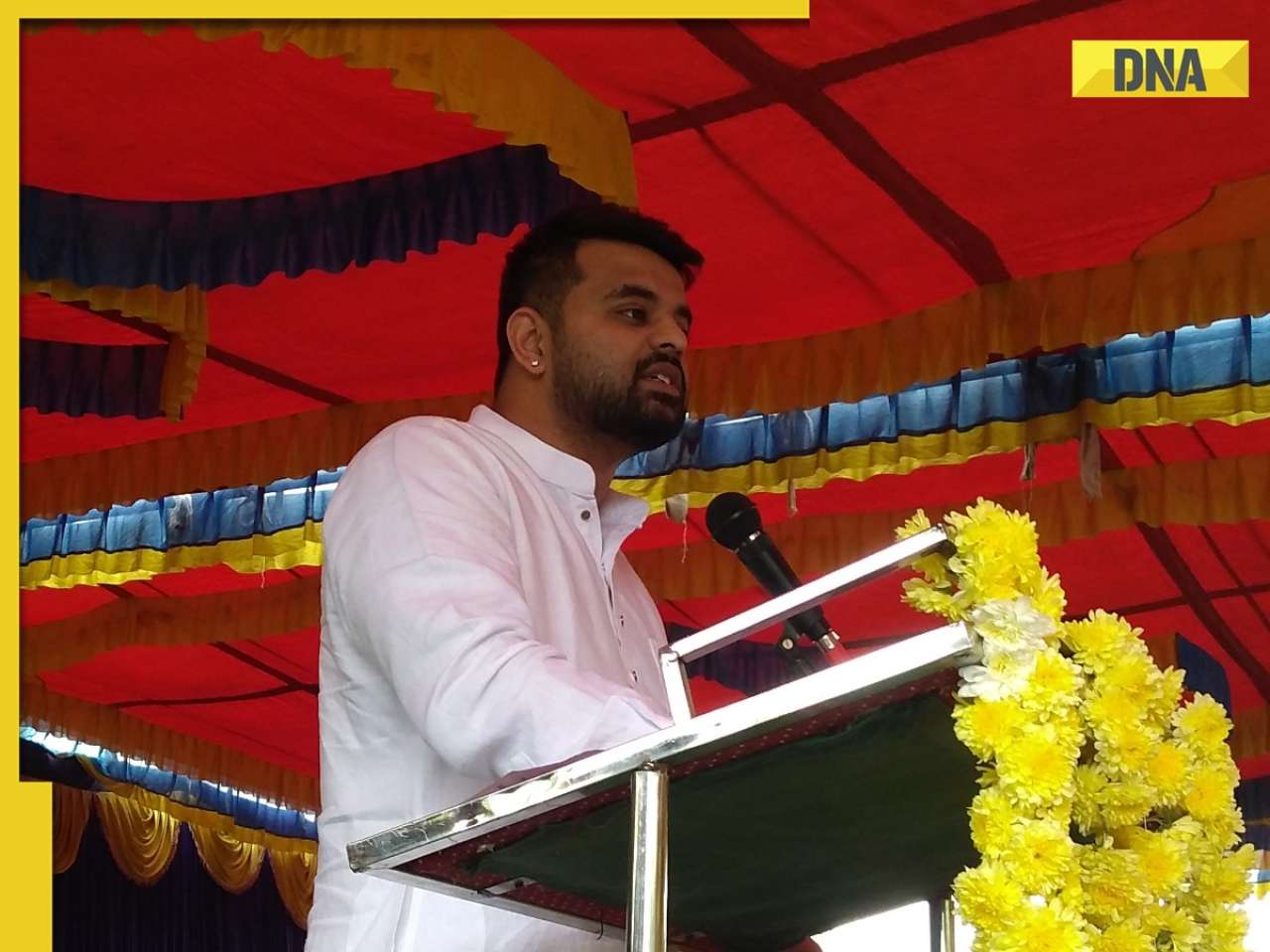

























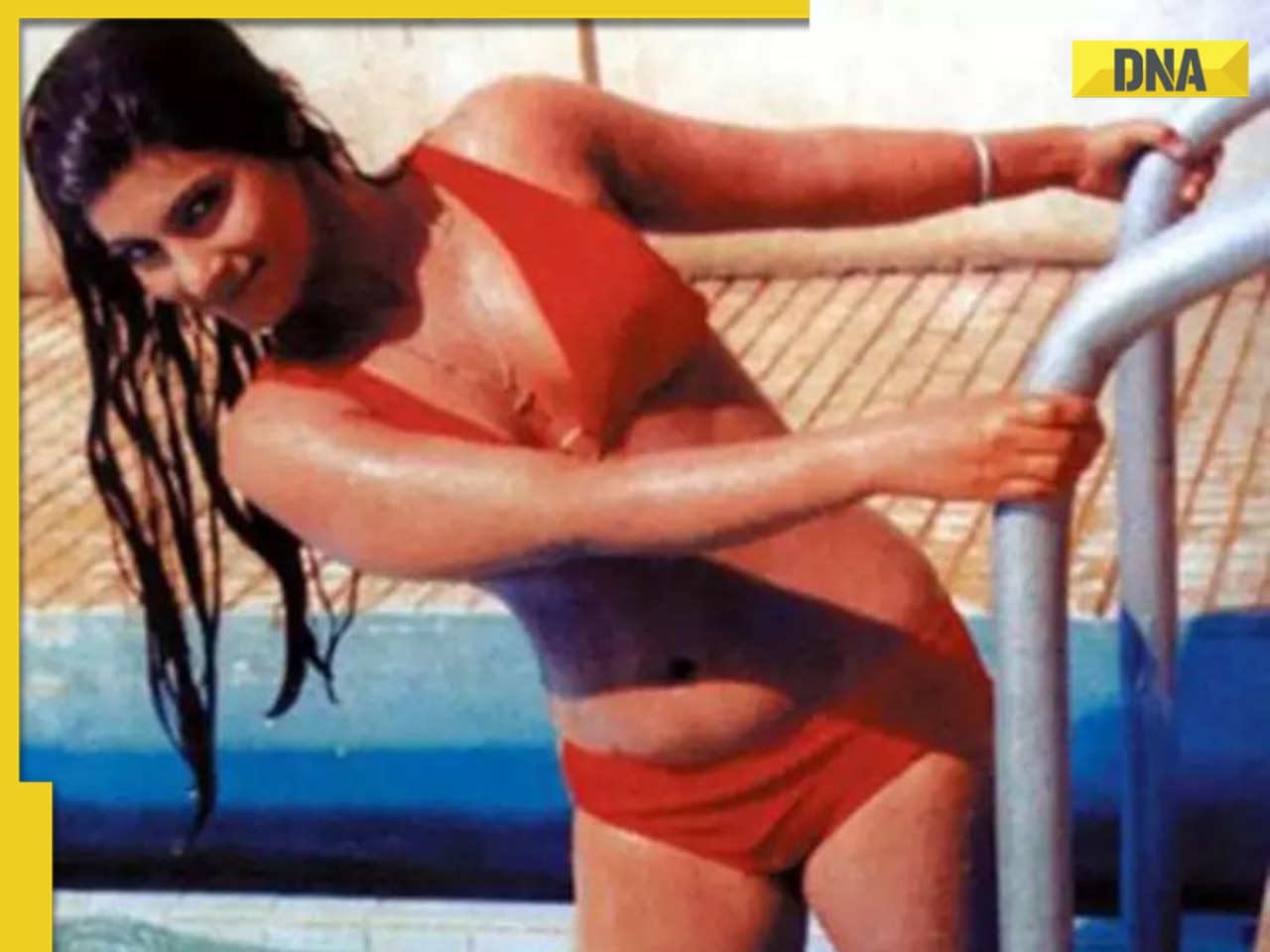



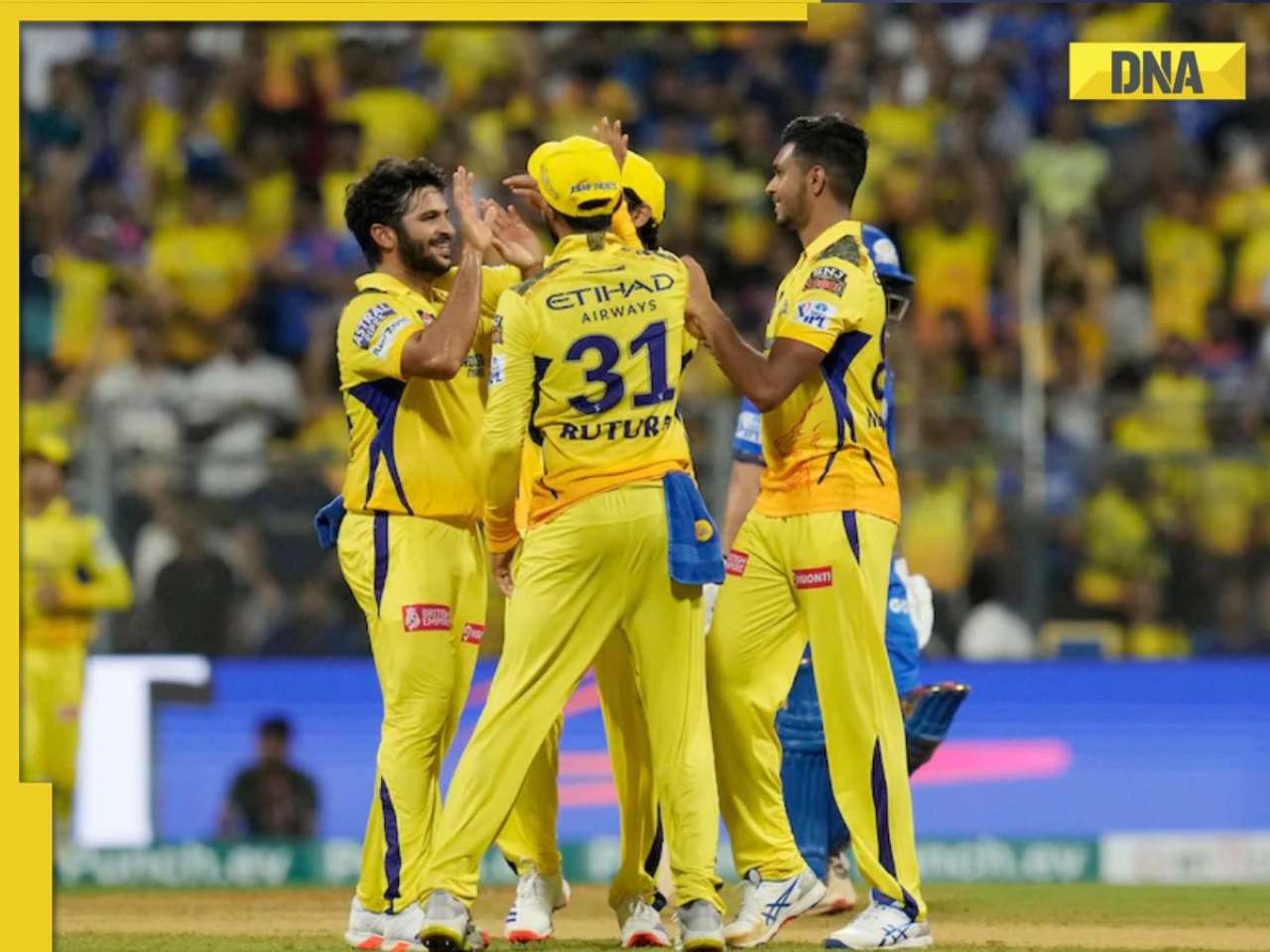
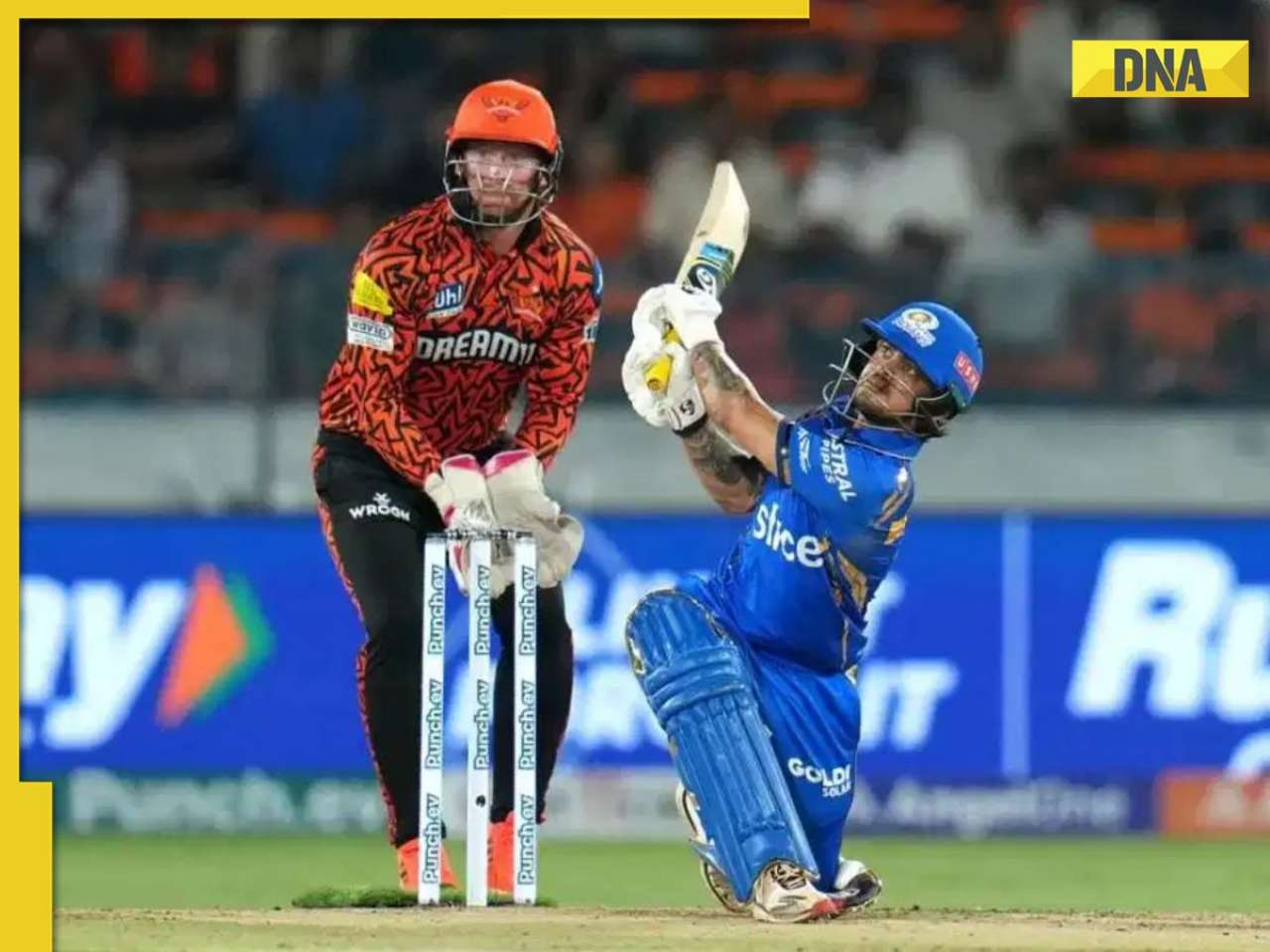




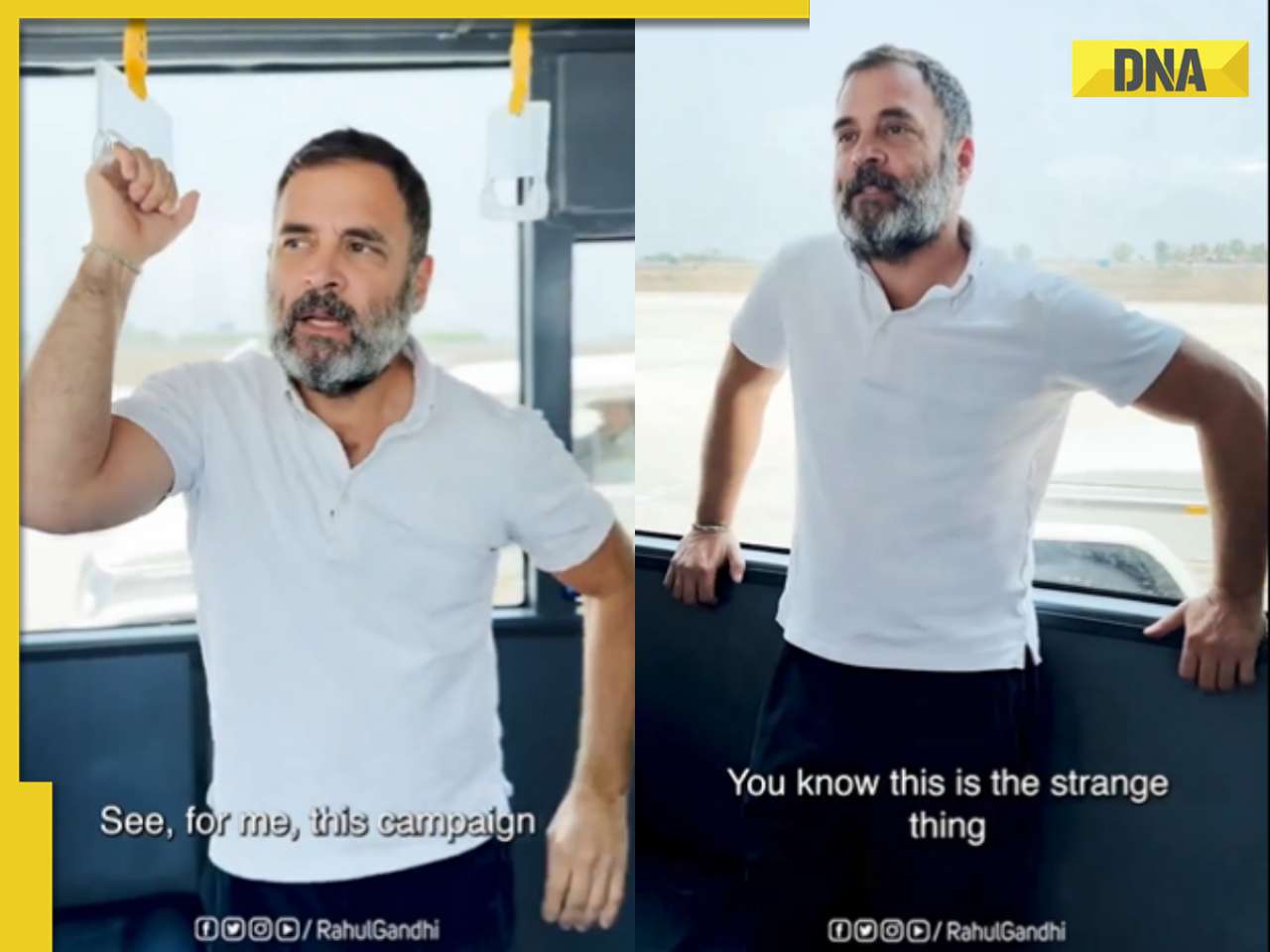





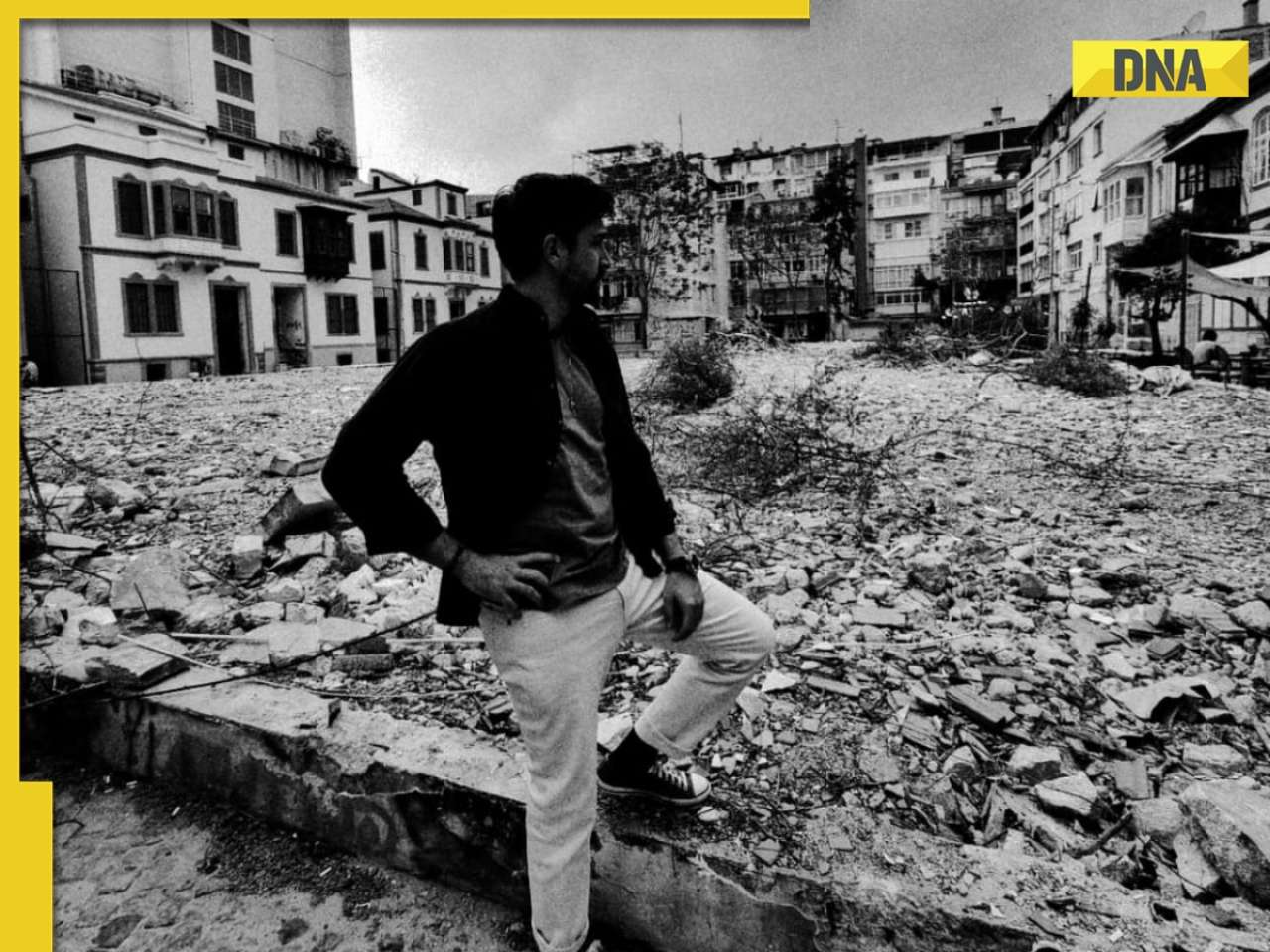


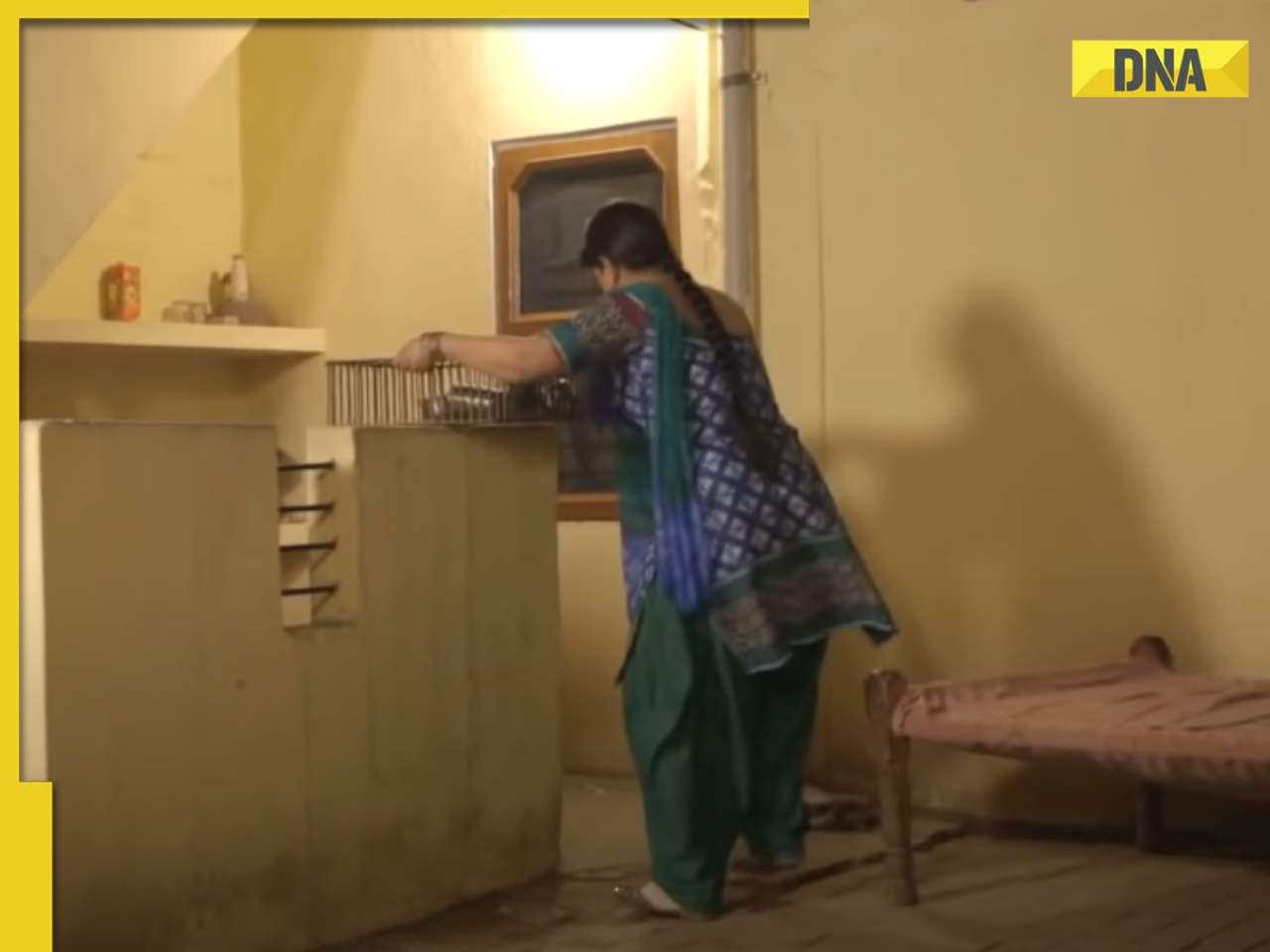
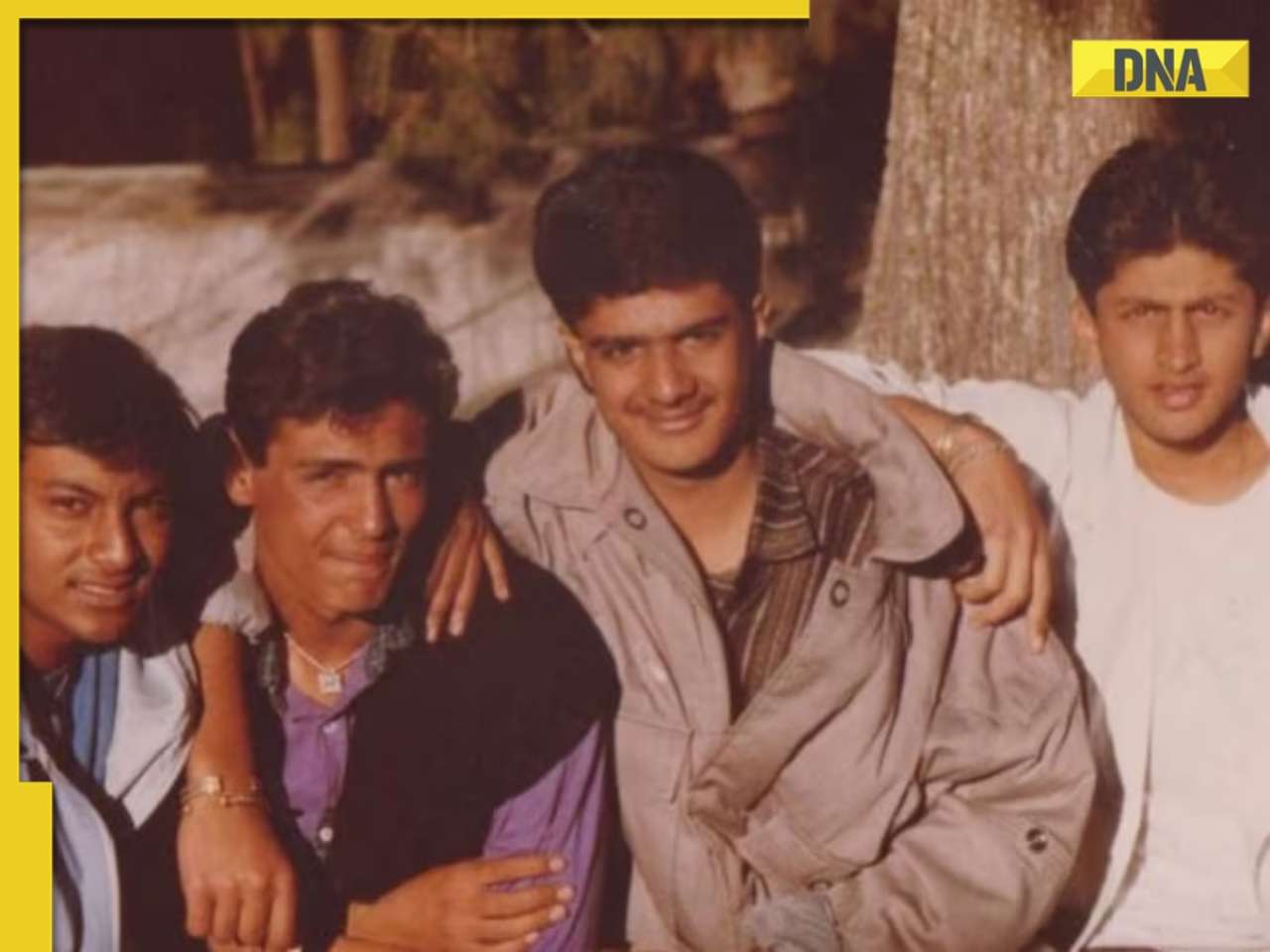

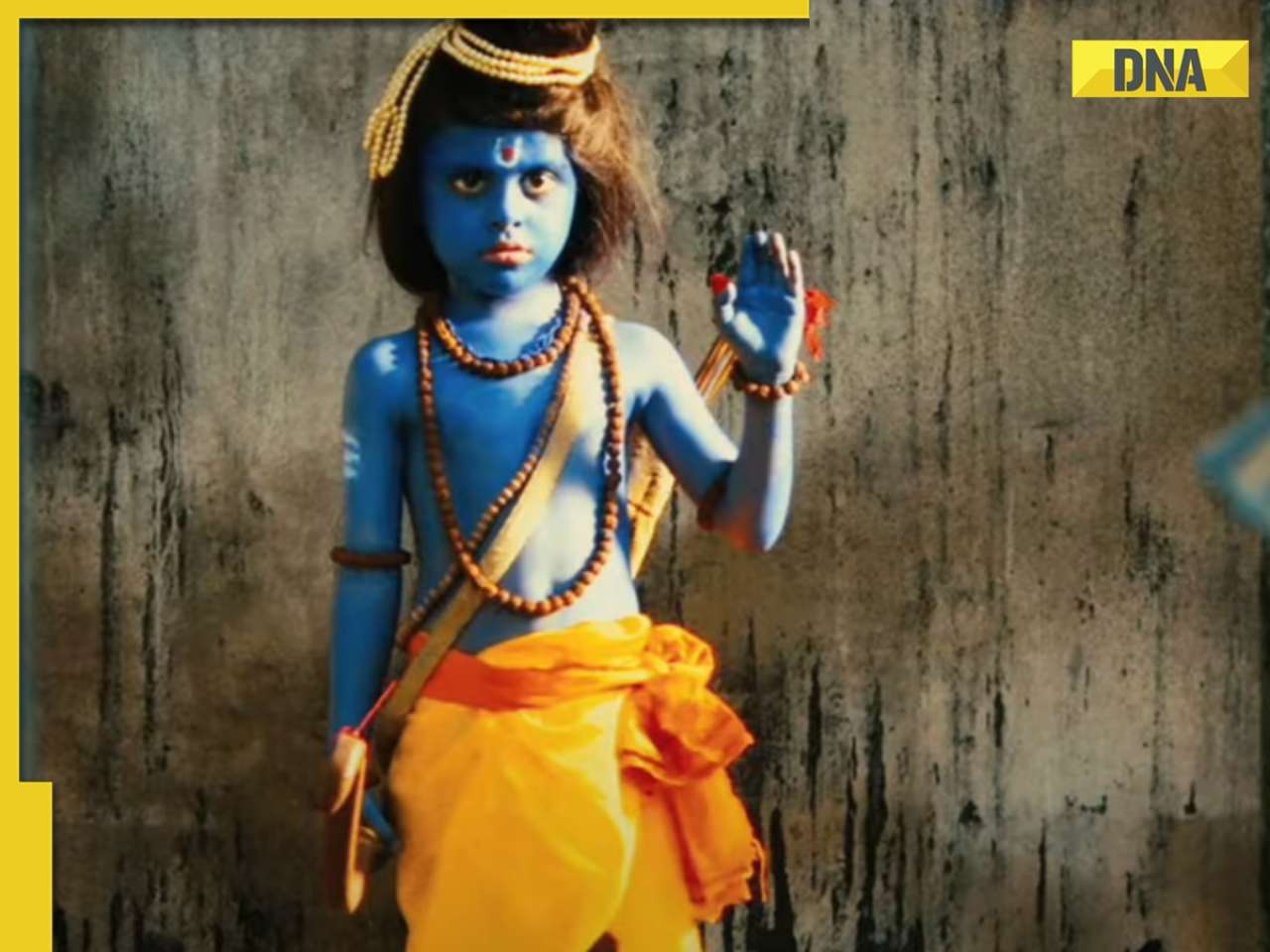


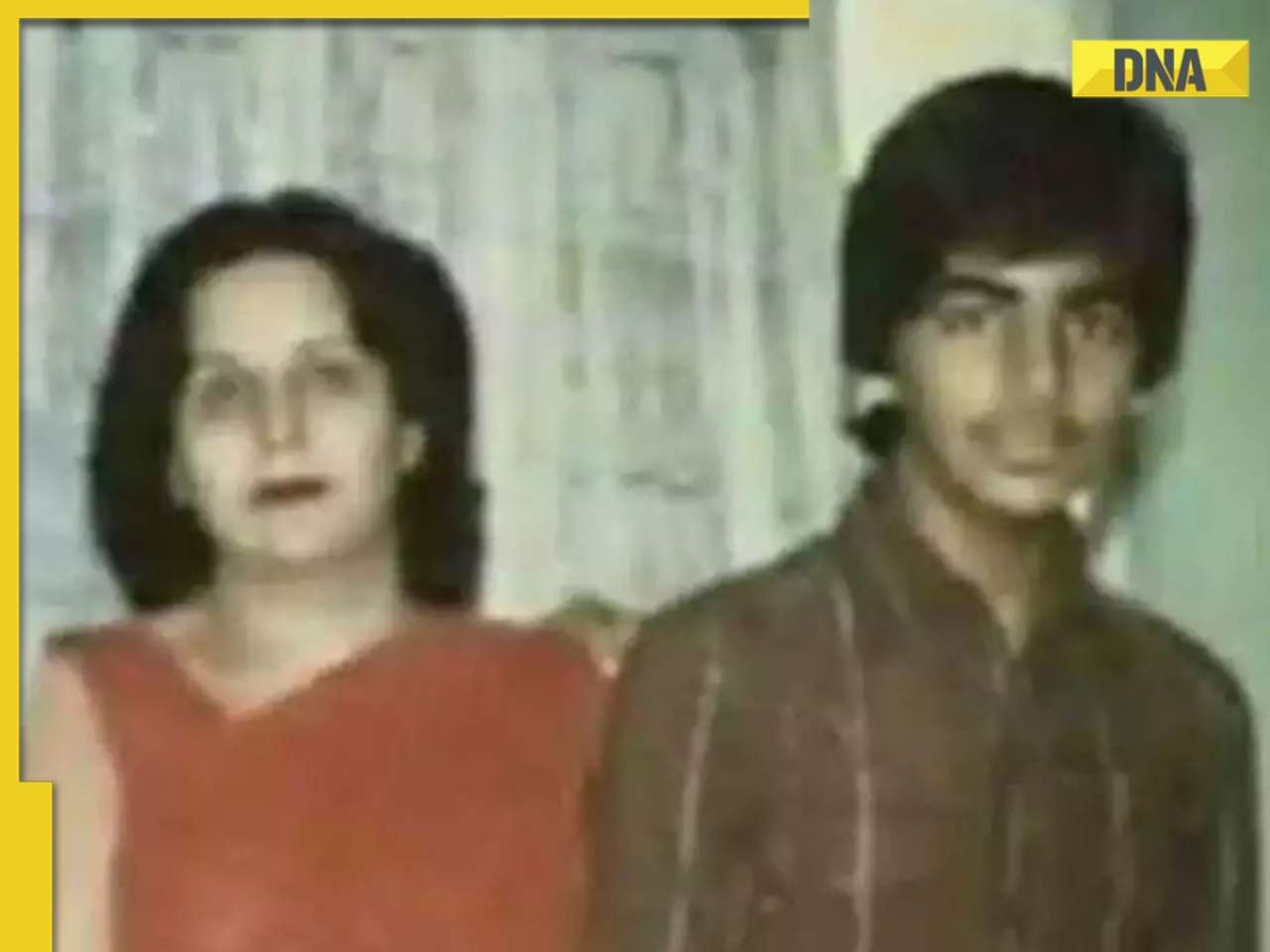




)
)
)
)
)
)